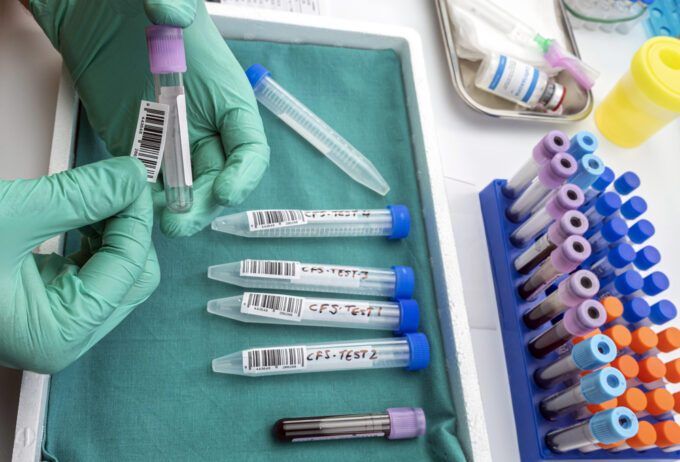Safe navigation at construction sites
Automated vehicles must be able to reliably recognize traffic signs. However, current systems have problems understanding complex traffic routing with different information on speed or lane routing, as occurs especially in construction zones. Fraunhofer researchers are developing technologies for the real-time interpretation of such signs.

© Photo Fraunhofer IAIS
Navigating construction sites is a challenge for automated vehicles: Because lanes are usually narrowed, traffic jams occur, and drivers often react in an unsafe or stressed manner, accidents occur more frequently. The systems of automated vehicles are also overwhelmed by the complex situation: old and new lane markings overlap, and limiting beacons and traffic cones are difficult for sensors to detect. The signs contain different information about the permitted speed or the course of the lanes.
Detect patterns faster and more efficiently with Deep Learning
"Our technology enables a system to read even signs of this type with a high degree of accuracy," explains Stefan Eickeler, who is responsible for object recognition at the Fraunhofer Institute for Intelligent Analysis and Information Systems IAIS in Sankt Augustin, Germany. The information is processed semantically, its content understood and made available for further processing. "With Deep Learning - a key technology for the future of the automotive industry - we teach the software to recognize classic patterns faster and more efficiently."
In the future, for example, the interaction between the navigation device and the on-board computer will make it possible to correctly announce differently designated highway exits at road works, optimally measure distances to other vehicles, and adjust speed in good time. "What could soon provide relaxation and greater driving safety in the case of assisted driving should also work all by itself in the long term: Automated vehicles will then react independently," explains Eickeler.
The vision of the future: camera replaces numerous sensors
The system uses an automotive camera that currently delivers 20 to 25 images per second. These images are analyzed directly while the vehicle is in motion, and information on signs, lane information or LED traffic signs is read out and processed. One vision for the future is that this camera will act as the primary interface, eliminating the need for a large number of sensors.
On the CeBIT in Hanover from 20 to 24 March 2017 Fraunhofer IAIS presents several projects in the field of Big Data and Machine Learning in a virtual tour - among others on the topics "Automated driving in construction sites", "Digital assistants and real-time recommendation systems" or "Knowledge graphs for data-driven business models".
Text: IAIS









